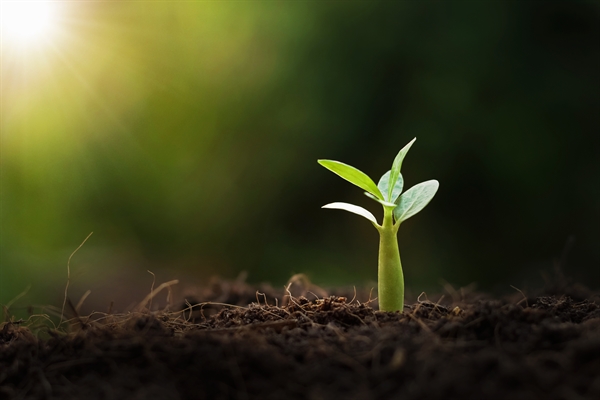
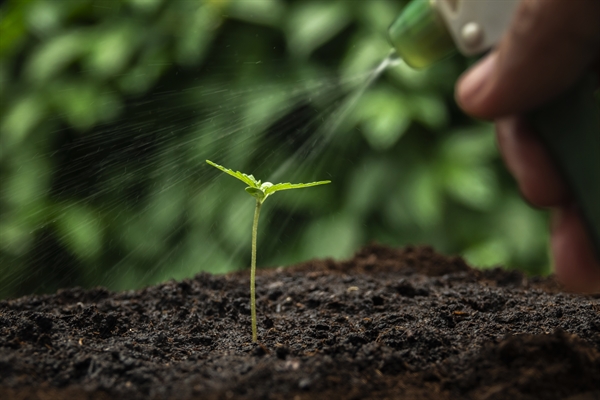
In 29550, Jasmine Macias and Kaya Bartlett Learned About Mulching With Grass Clippings
Grass experts typically suggest “topdressing” lawns with a thin layer of compost. The material is spread out one-quarter to half inch thick in spring or fall, depending upon local environment and soil. * Garden compost enhances the moisture-holding capacity of the soil, includes nutrients, and feeds soil microbes. These microorganisms are essential to the complicated procedure that makes food offered to grass plants.
Compost spread out on top of thatch can also speed thatch decomposition and remove the labor of mechanical elimination. But there is an issue: Garden compost quality differs. Whether you purchase it by the bag, pick it up at the local leaf dump or have it provided by the lawn, how can you understand that it is “excellent” compost? Consider these questions: Is it at the ended up stage?Does it contain undesirable components such as dyes or building materials?Are there practical weed seeds in the material?Could it have pesticide residues? The parent materials and the composting process both impact the quality of the end product.
” That is to utilize garden compost that has gone through compost-specific testing.” Recognizing the issue this produces for consumers and the land care market alike, the USCC started the Seal of Screening Assurance (STA) in 2000. STA is a testing, labeling, and disclosure program created to bring presence into the world of compost sales.
STA looks at 14 garden compost qualities including raw material, salts, p H, significant nutrients, pathogens, metals, stability, and maturity. Rattie says among the greatest concerns is the presence of pesticide residuals. Well-crafted garden compost, however, brings little of this risk. “An appropriate composting system destroys the overwhelming majority of pesticides and herbicides,” states Rattie.
” Most of STA participants sell in bulk through local landscape supply yards, garden centers, and through direct sales,” says Rattie. USCC uses a number of resources to discover STA compost and a calculator to help figure out the quantity: Find a list of 200+ STA participants See Purchase Compost.com and use the USCC’s compost calculator on the upper right of the homepage.
” Bagged compost products just one cubic foot of material,” he states. “It takes 27 bags to get one cubic yard. Do the math!” When we used the compost calculator used by the USCC at Buy Compost.com, we discovered that a one-quarter inch layer on a quarter-acre lawn (10,000 square feet) needs 7.7 cubic lawns or 5.9 cubic meters of garden compost.
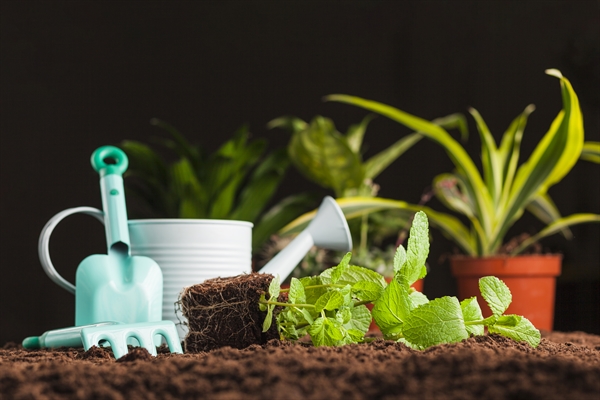
” Golf course and ball park superintendents having actually been using this strategy effectively for numerous years,” he says. Garden compost is spread in spring or fall, however there are essential subtleties. In cool-season locations, the spring application is usually lighter and the fall application much heavier. In the south, topdress warm-season turfs in early spring.
Basically, garden compost is decomposed raw material however that does not explain much. To a romantic, garden compost is the very essence of life. The living element of the soil responsible for a myriad of the most superb and complicated procedures understood to man. Organisms nourishing organisms all the way up the food chain from easy germs to crops to people, none of it possible without decayed raw material: garden compost.
In Macomb, MI, Jaylynn Holland and Jovan Bowers Learned About How To Collect Grass Clippings After Mowing
It is the things of life, bristling with microbes that enter into the nutrition cycle of plants. Garden compost can be made small scale; in a yard or beneath a sink, or large scale; in giant windrows turned by front-end loaders or other customized devices. In either case, it is everything about decaying raw material up until all that is left is a rich, dark, musty, almost fragrant substance with the consistency of potting soil.
Hay, straw, fish gurry, animal manure, branches, tree bark, and seashells are frequently utilized to make up the structure of compost. The compost is typically mixed 2 parts dry material (bark, leaves) to one part damp or green product (lawn clippings, fish gurry) and left in either containers, piles or windrows to break down.
Decomposing compost ought to remain equally wet however not wet. Depending upon the type of composting system, it can take anywhere from a couple of months to a year or more to end up the procedure, in some cases referred to as “cooking.” Actively rotting compost is stated to be cooking due to the fact that temperature levels can reach anywhere from 120 to 160 F.
Warning Garden compost is not considered correctly cooked unless it has actually reached these heats long enough to disinfect weed seeds and remove hazardous bacteria discovered in some manures. Eventually, more intricate organisms like amoeba and nematodes take in the easier germs and fungi, the stack begins cooling while the nutrients in the garden compost become increasingly more concentrated from their waste products and further decomposition.
Compost that is not totally finished can have an ammonia odor to it and might not provide the desired impacts or it can even damage the plants as it continues to cook. It’s the microbes in garden compost that give it its magic. Millions of microorganisms go to work in the soil, biking nutrients and making them readily available to be used up by the plant.
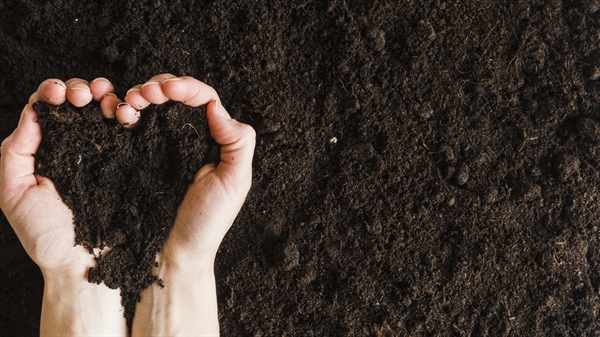
Compost is also loaded with micronutrients and other intricate biology that is extremely advantageous for plant growth. Compost includes life to the food web, ultimately leading to much healthier lawn. Excellent quality compost contains a high percentage of completed natural matter with the rest being comprised by smaller sized incomplete raw material like wood chips, sawdust, seas shells and mulched leaf matter.
Garden compost can be spread out manually with shovels by utilizing a tossing action to attempt and attain a layer about 1/4″ thick. It can be ravelled with a rake to blend it in a little much better and after numerous days it will not even be visible on the surface of the yard.
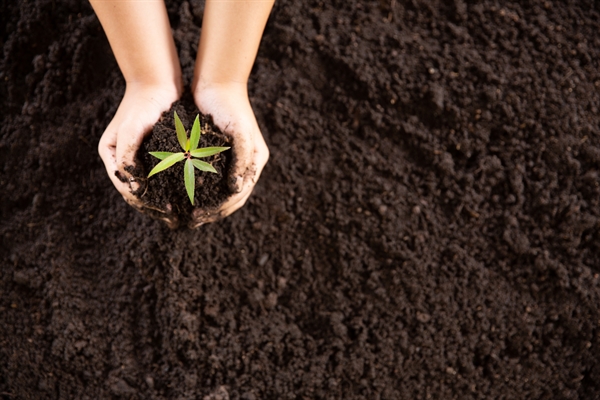
Using the garden compost instantly after seeding and aerating is an exceptional method to include the garden compost directly into the soil and offer a jump start for seedlings. Simply doing this as soon as or twice a year will benefit the yard more than lots of quick-fix items that are convenient but not constantly the finest choice.
In 21042, Keegan Combs and Jaylyn Newman Learned About Composting Lawn
Ideally, a yard would be topdressed with garden compost numerous times a year however a composting program will eventually be dictated by time and money. The target for a composting program need to for a lawn’s soil to include 5% raw material. It seems like a little amount however it can take years to build up in particular soils.
As soon as natural matter starts to develop in the soil, topdressing can be cut down to as soon as or two times a year. Likewise, the need to fertilize and water the yard will start to decline as the soil begins to supply optimal growing conditions for turf. Weed, bug and illness pressure will reduce also, leading to expense savings over the long term as the work of the healthy soil changes the life assistance system of synthetic fertilizers and chemical pesticides.
House & Garden Green Living How to Top-Dress Lawns with Compost By Cathy Cromell, The National Gardening Association If you have actually gone through the effort of making abundant compost of your own, you can use it to top-dress your lawn for thicker, much healthier lawn. You can use compost to top-dress both brand-new and existing lawns.
Top-dressing is particularly practical in dry climates or throughout dry or breezy spells, where the soil and seeds quickly dry out within hours. (If a germinated seed dries out, it’s a goner.) On an existing yard: Top-dressing with compost might likewise renew existing yards. Yards often end up being compressed in time from foot traffic, play, and mowing, which avoids air, water, and nutrients from circulating freely through the grass’s root zone.
To core aerate a little patch of grass, utilize a specific foot press that you can discover at your local home and garden store. For large lawns, rent a maker from an equipment supply company or work with a lawn upkeep company. When top-dressing with compost, you must only utilize evaluated compost or garden compost with particle sizes of 3/8-inch or less.
Likewise, make sure to top-dress with garden compost that’s guaranteed without weed seeds, or you might be sowing a future weeding headache into your lawn! No matter where you live, the best time to aerate and top-dress your yard is when it is most actively growing. This allows the turf to strongly rebound after having holes typed it.
Prevent aerating these lawns throughout summertime’s extreme heat, which might stress roots. Although some development occurs in early fall, these kinds of yards go semi- or totally inactive as weather cools, making healing after a late aeration more difficult. Also, early aeration promotes better penetration of summertime and fall rains through the soil when it’s most useful for development.

If you live in a warm climate that allows year-round yards, you have different choices. The best time to aerate and top-dress is early to mid-summer when your warm-season lawn (such as Bermuda yard) is actively growing. You need to also apply garden compost top-dressing (without aeration) after overseeding your summertime yard with a cool-season yard (such as ryegrass) in the fall.

In 31601, Nathanael Woodard and Wyatt Knapp Learned About Compost For Grass
The arrival of summer reminds us that it’s not far too late to nourish your yard the healthy way with natural garden compost from Planet Natural. As lawn-spraying services broaden their grip on suburbia it is essential to bear in mind that utilizing organic practices to encourage yard in your backyard safeguards your pets and family from harmful chemical fertilizers and herbicides.
It will significantly increase beneficial microbial activity in your soil, benefiting your lawn much more. And it’s an excellent way to treat the areas in your lawn that are thin, brown and unhealthy. From Organic Lawns, Healthy Soil: “Established lawns benefit considerably from a single yearly application of garden compost, much more greatly from 2.
Depending on your yard’s size, a wheel barrow and a shovel might be the best method to distribute compost around your lawn, followed by an excellent raking (a push broom will also work) to disperse it more evenly. Though hard to find and troublesome to use efficiently, a garden compost wheel or peat spreader can distribute garden compost throughout little backyards though they can be tough to press and require to be refilled often.
Compost ought to be spread no greater than a half-inch deep. The concept is not to bury grass blades, smothering them and keeping them from sunlight. If that implies less than a half-inch of garden compost, then minimize your application. You want turf blades exposed to oxygen and sunshine. Using compost to problem locations will likewise assist cure them.” Adding compost will help your yard’s soil maintain wetness during the long hot months of summertime, keeping your yard greener longer.
Do Garden compost: Turf clippings, leaves, stalks, dead plants, twigs up to pencil size, and the majority of weeds. Don’t Garden compost: Weed seeds and invasive weeds like ivy (they resprout!), unhealthy plants, pet waste, clippings treated with weed or bug killers, or food waste. Rather, attempt the rodent-resistant techniques explained in Food Waste Composting.
It takes 6 to 12 months for soil creatures to change the majority of lawn waste into completed compost. For faster composting, keep your stack as wet as a wrung-out sponge. Slice up stalks and branches. Mix “green” products like turf clippings with “browns” like fall leaves and stalks. Sign Cause Solution Bad smells Stack too damp, no air, or consists of food or pet waste Turn stack.
Remove food. Stack is dry Not adequate water Turn pile. Include water to keep as wet as a sponge. Moist enough, however sluggish composting Not enough “greens” Turn pile. Add “greens” like lawn, plants, or manure Slimy turf, ammonia smell Too much fresh yard in stack Leave clippings on lawn, rather of composting.
Pile shrunken, but looks un-decomposed Top too dry, completed garden compost is at bottom Harvest completed compost from bottom. Start brand-new pile with un-composted product. Contact the professionals at the Garden Hotline at (206) 633-0224 (language analysis offered) or at Garden Hotline. Composting in the house Guide (pdf) – Demand a free copy.
In 54401, Xavier Gilmore and Lyric Hines Learned About Grass Clippings As Garden Mulch
Garden Compost Resource List (pdf) – Lists bin providers, tools, and more. Composting Questions & Answers (pdf) – Answers to some common concerns. Tilth Alliance – Uses classes in composting and natural gardening, and home-made garden compost bin strategies.